
John Rennie FRSE FRS was a Scottish civil engineer who designed many bridges, canals, docks and warehouses, and a pioneer in the use of structural cast-iron.
Patrick Walter Meik was an English civil engineer and part of a minor engineering dynasty. His father Thomas Meik was also an engineer, as was his younger brother Charles Meik.
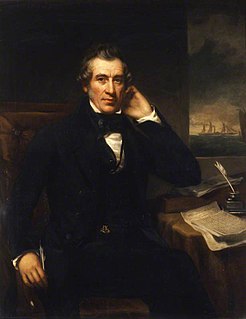
Sir William Fairbairn, 1st Baronet of Ardwick was a Scottish civil engineer, structural engineer and shipbuilder. In 1854 he succeeded George Stephenson and Robert Stephenson to become the third president of the Institution of Mechanical Engineers.
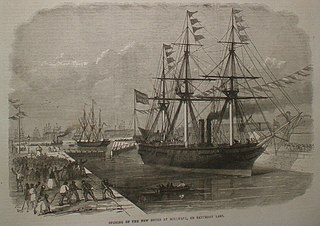
Millwall Dock is a dock at Millwall, London, England, located south of Canary Wharf on the Isle of Dogs.

Sir John Aird, 1st Baronet was an English civil engineering contractor of the late 19th and early 20th centuries. He also served as Conservative Member of Parliament (MP) for Paddington North from 1887 to 1906, was the first Mayor of Paddington in 1900, and became an enthusiastic collector of British art.
Sir Alexander Gibb & Partners was a British firm of consulting civil engineers, based at Queen Anne's Lodge, Queen Anne's Gate and subsequently Telford House, Tothill Street, Westminster, London, until 1974, when it relocated to Earley House, 427 London Road, Reading, Berkshire.
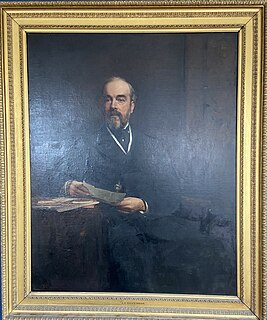
Lucas Brothers was a leading British building business based in London.
The Aird Baronetcy, of Hyde Park Terrace in Paddington in the County of London, is a title in the Baronetage of the United Kingdom. It was created on 5 March 1901 for the civil engineering contractor and Conservative politician John Aird.

Sir John Jackson was an eminent English engineer who in later life served as Unionist Member of Parliament for Devonport, from 1910 to 1918, retiring from politics when his constituency was merged into another. He was proprietor of the major British engineering firm of John Jackson Ltd and the shipping company Westminster Shipping Co Ltd.

Taylor Woodrow Construction is a UK-based civil engineering contractor and one of four operating divisions of Vinci Construction UK. The business was launched in 2011, combining civil engineering operations from the former Taylor Woodrow group and from Vinci UK - formerly Norwest Holst.

James Abernethy FRSE was a Scottish civil engineer.
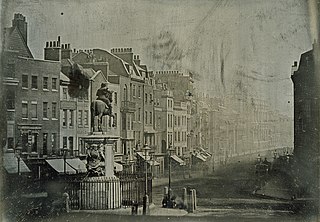
During the 19th century, London grew enormously to become a global city of immense importance. It was the largest city in the world from about 1825, the world's largest port, and the heart of international finance and trade. Railways connecting London to the rest of Britain, as well as the London Underground, were built, as were roads, a modern sewer system and many famous sites.
Holloway Brothers (London) Ltd was a leading English construction company specialising in building and heavy civil engineering work based in London.
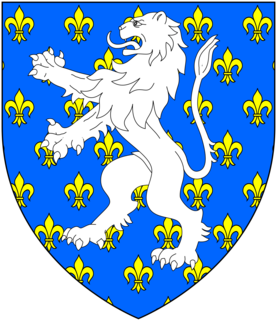
Sir John William de la Pole, 6th Baronet of Shute in the parish of Colyton, Devon, was a Member of Parliament for the rotten borough of West Looe. In 1791 he published, under the title Collections Towards a Description of the County of Devon, the researches on the history and genealogy of Devonshire made by his ancestor the antiquary Sir William Pole (d.1635), which he did not publish in his lifetime and which were enlarged by his son Sir John Pole, 1st Baronet, but which were partly destroyed during the Civil War at Colcombe Castle.
John Gibb (1776–1850) was a Scottish civil engineer and contractor whose work included the construction of harbours, bridges, roads, lighthouses, and railways in the United Kingdom, primarily in Scotland. He was a close associate of Thomas Telford, who employed him on many of his civil engineering projects during the first half of the 19th century.
Sir John Kelk, 1st Baronet was a British Conservative Party politician, builder and public works contractor.
William Eassie (1805-1861) was a prominent Scottish businessman of the mid 19th century, working as a railway contractor and then as a Gloucester-based supplier of prefabricated wooden buildings.
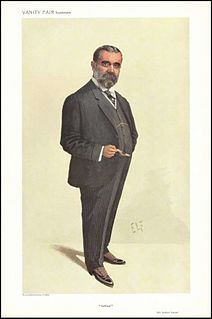
Sir Arthur Charles Lucas, 2nd Baronet was an English first-class cricketer active 1871–81 who played for Middlesex and Surrey.
Lucas and Aird was a major civil engineering business operating in the 19th century.
Tilbury Douglas is a British construction business based in Reading, Berkshire.











